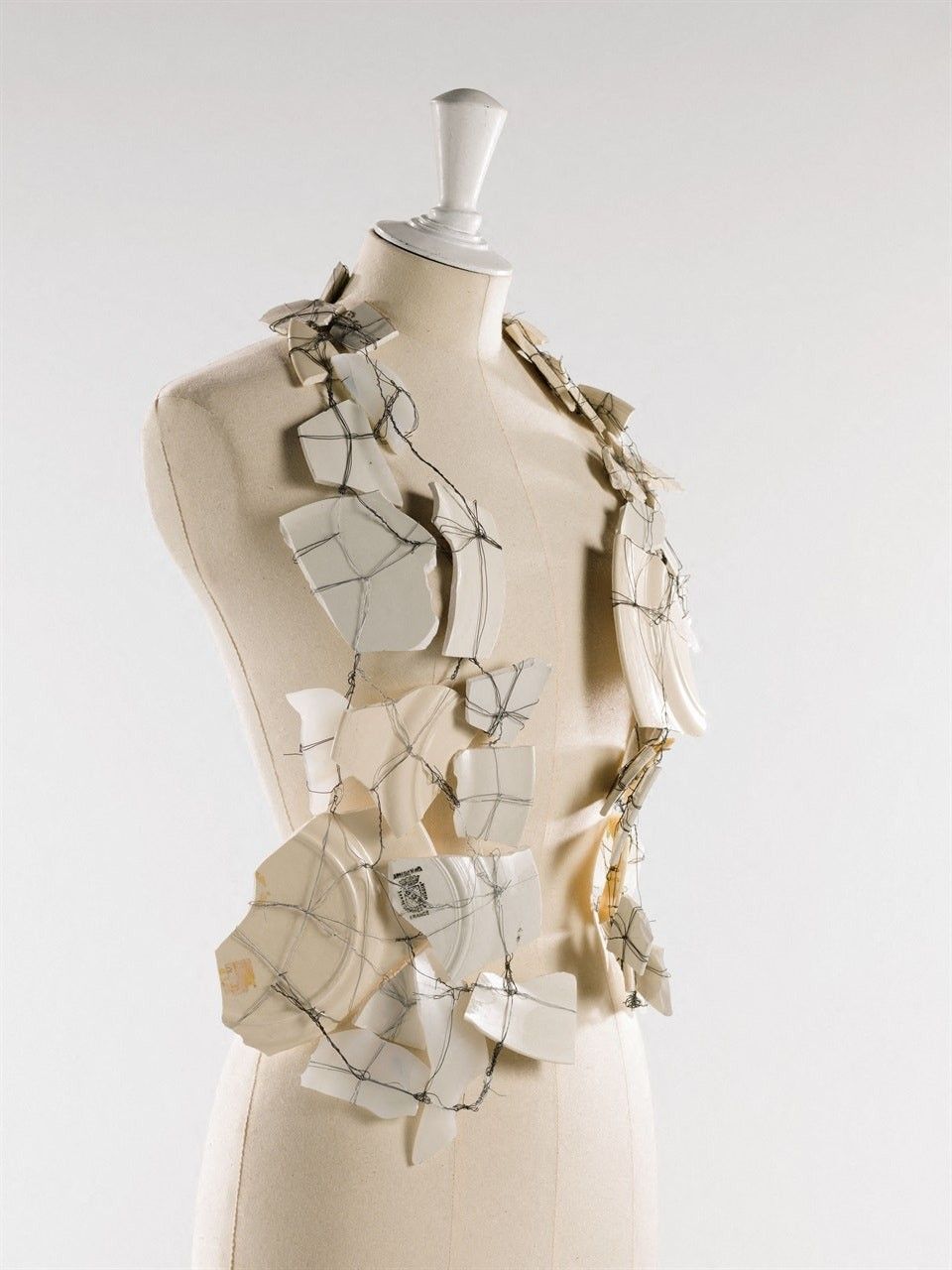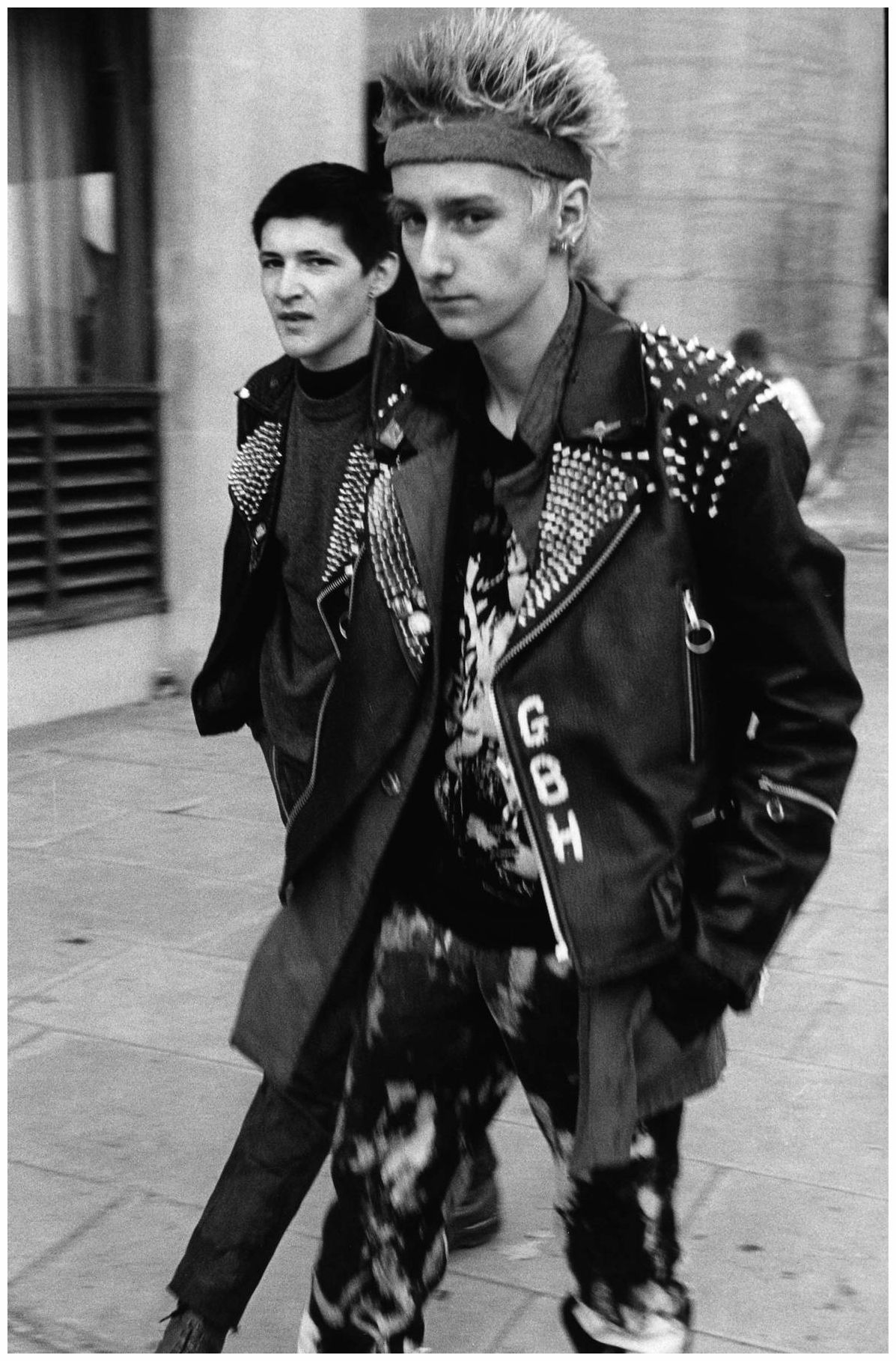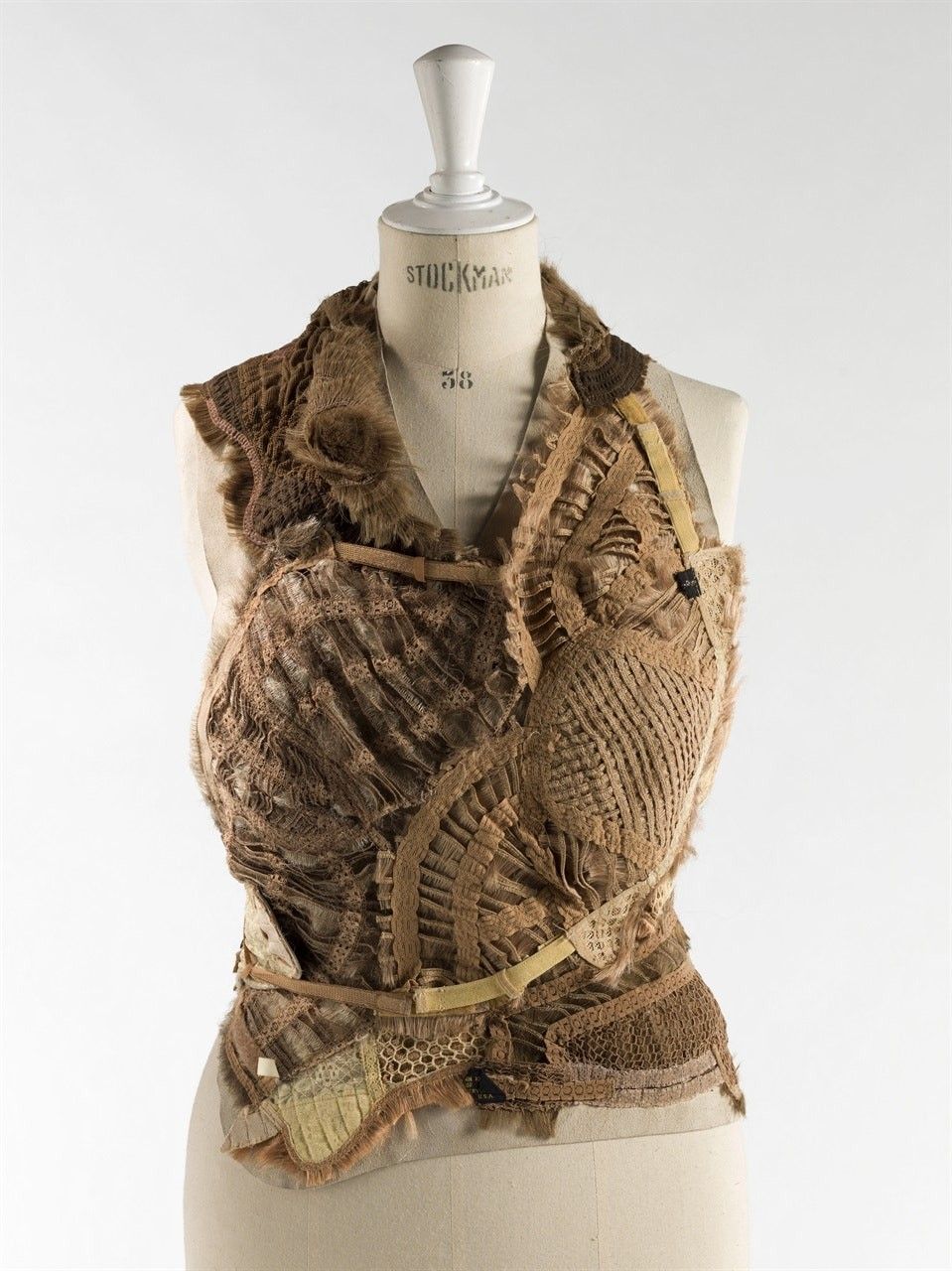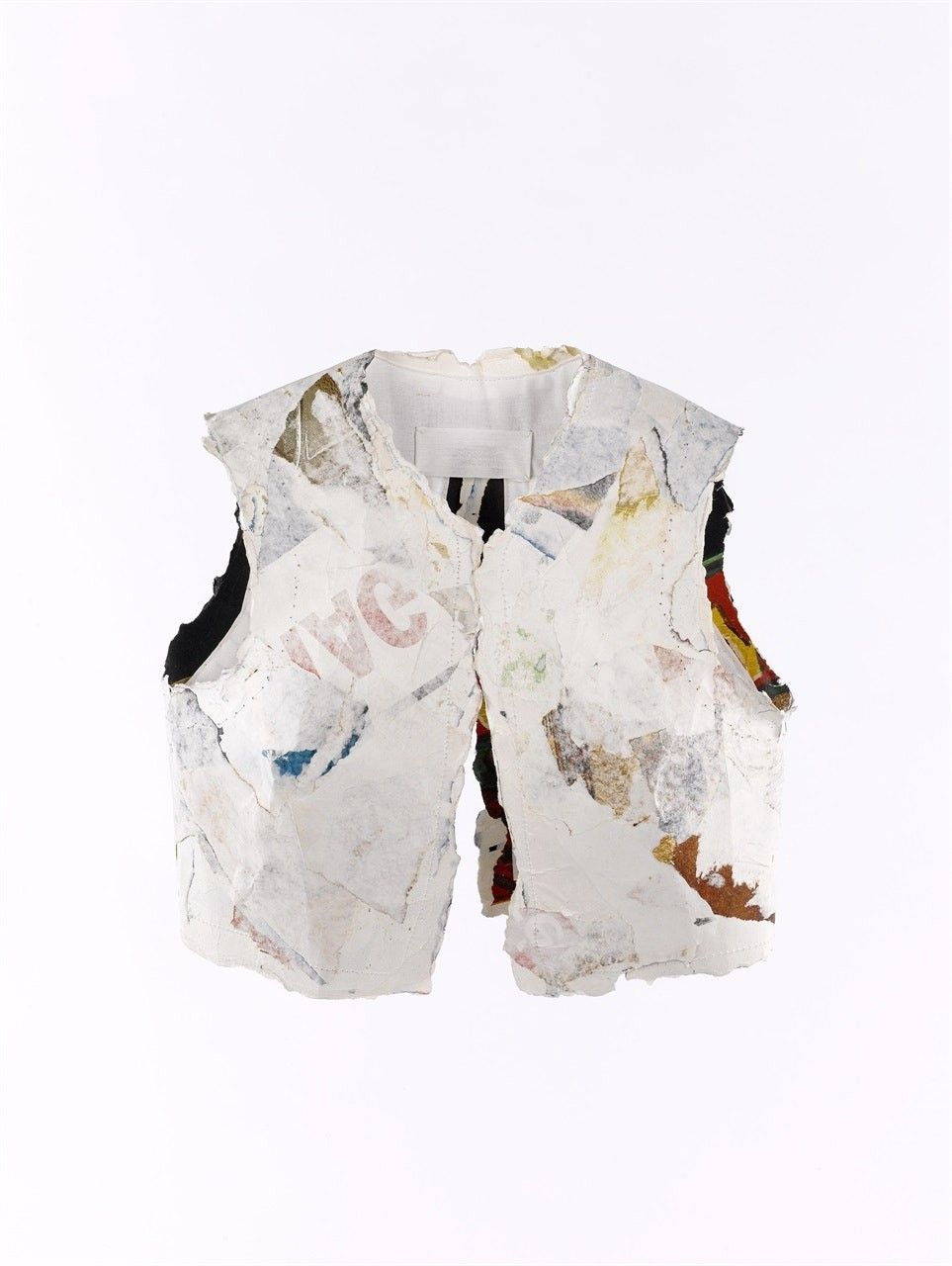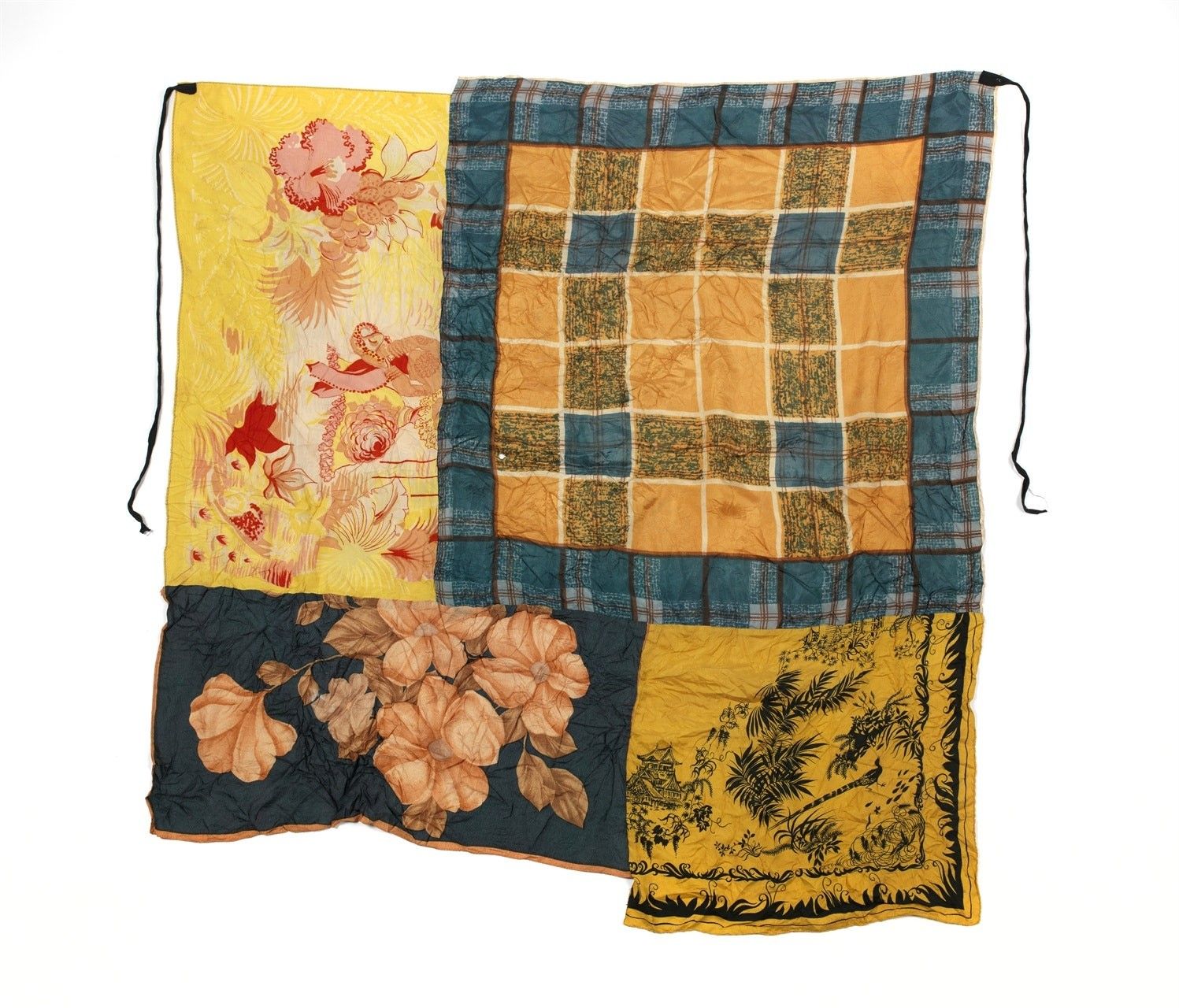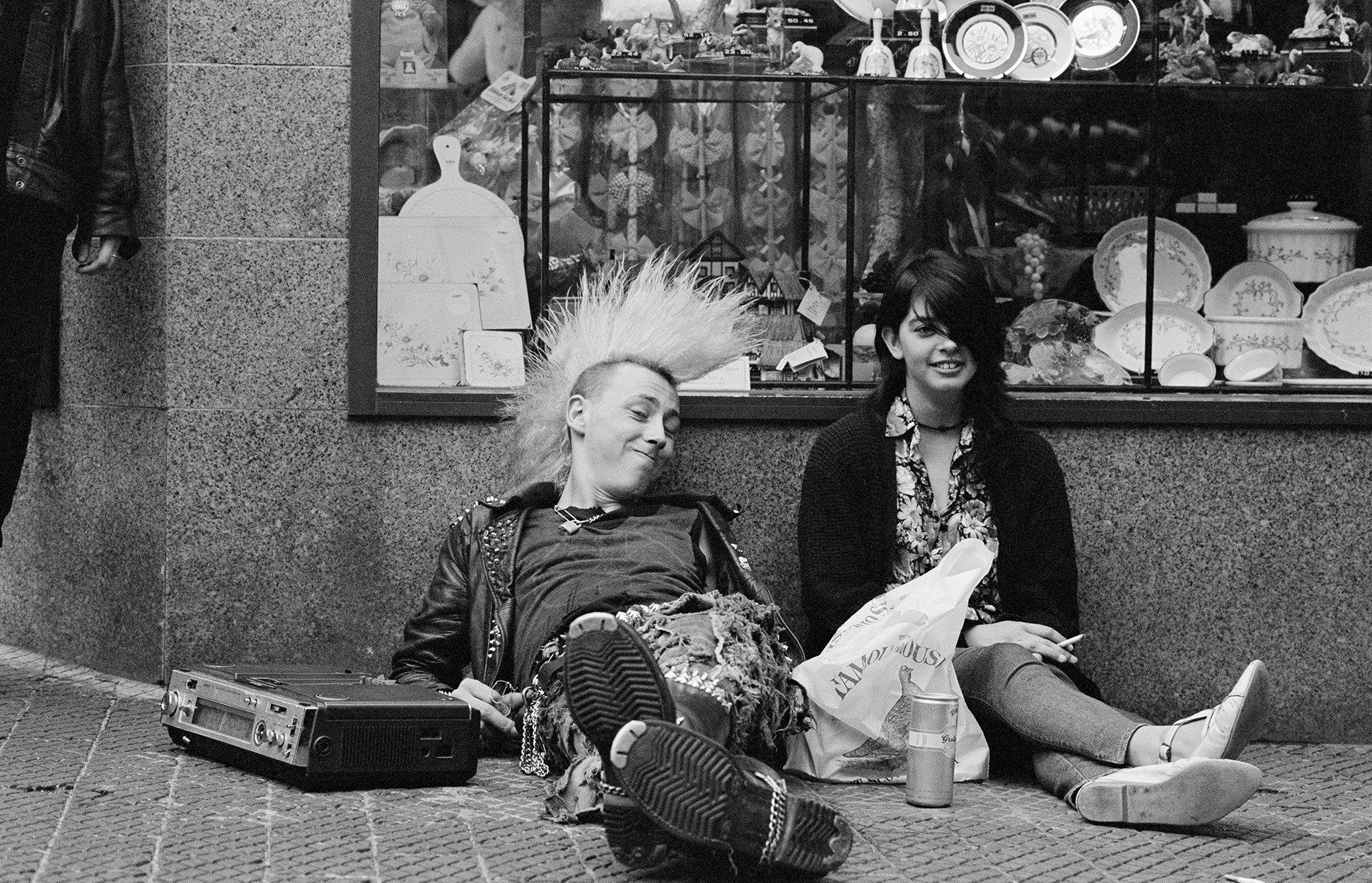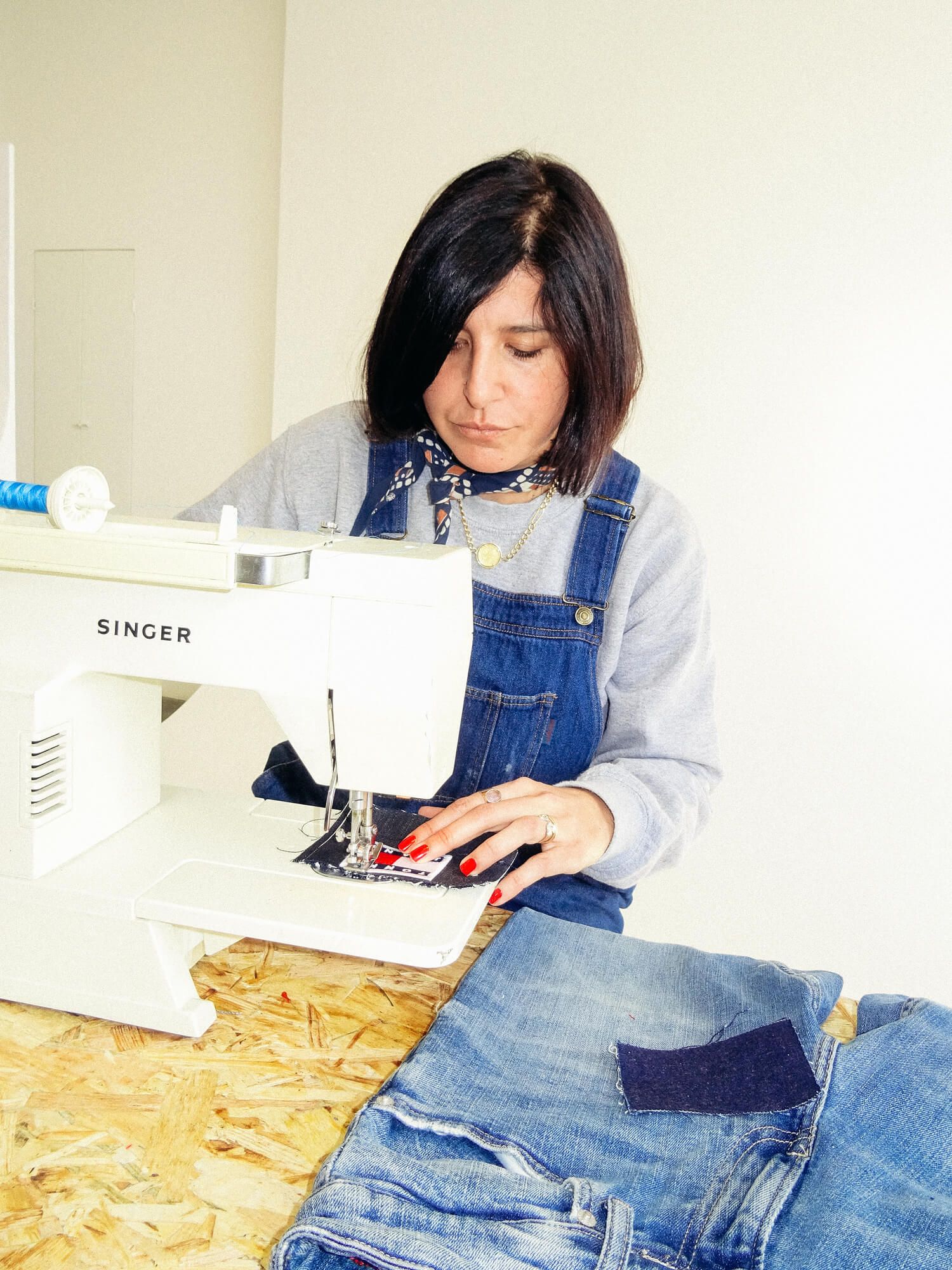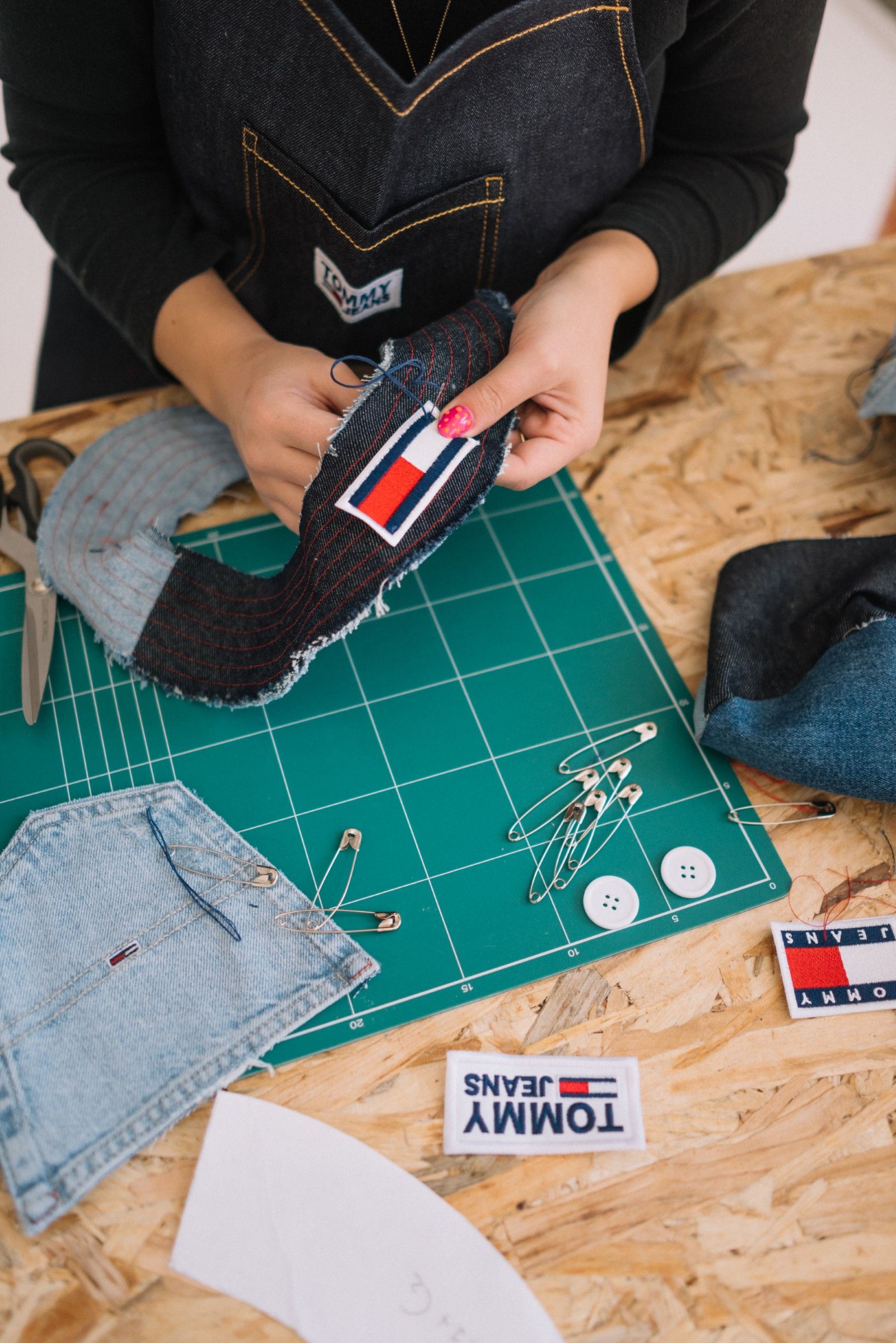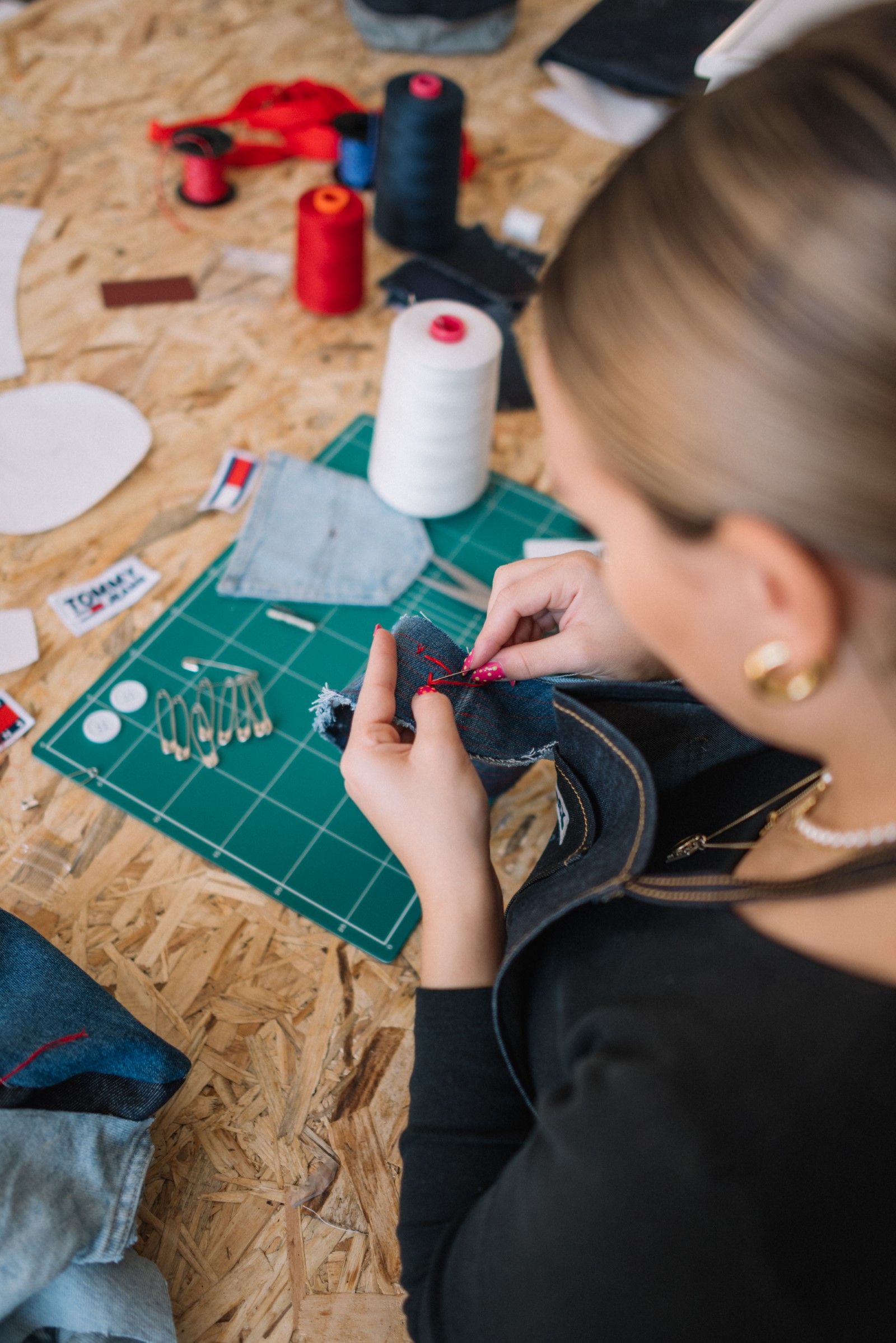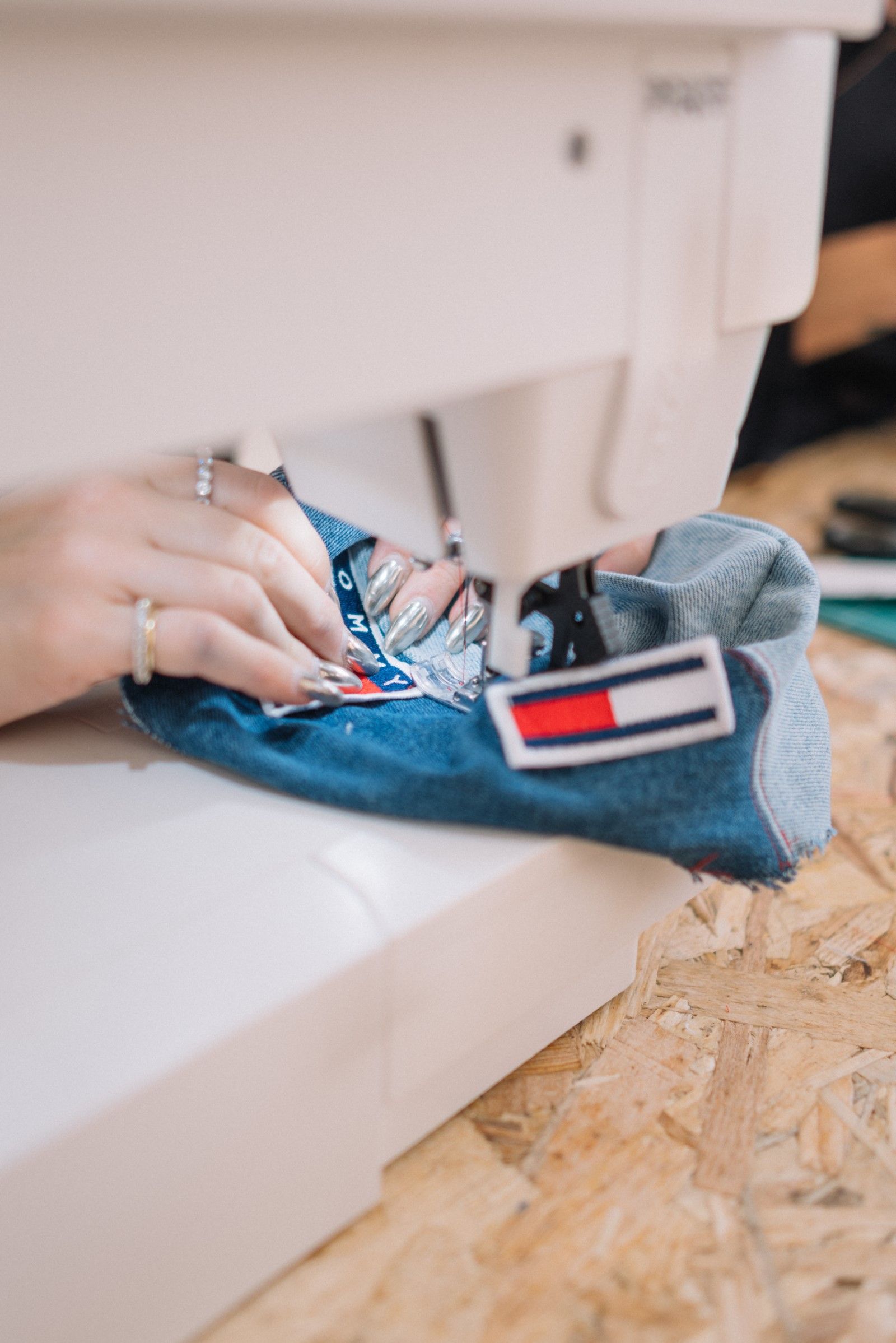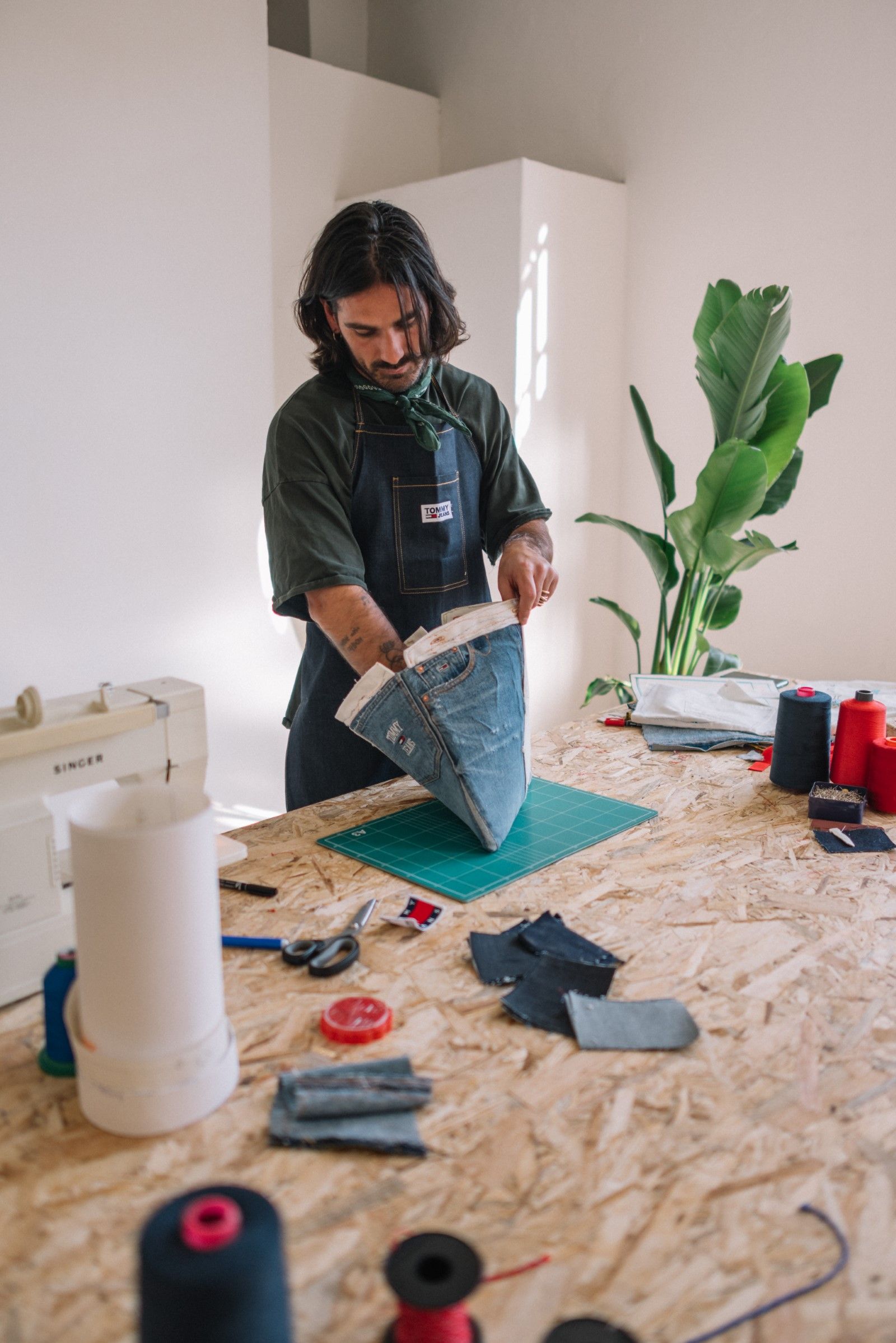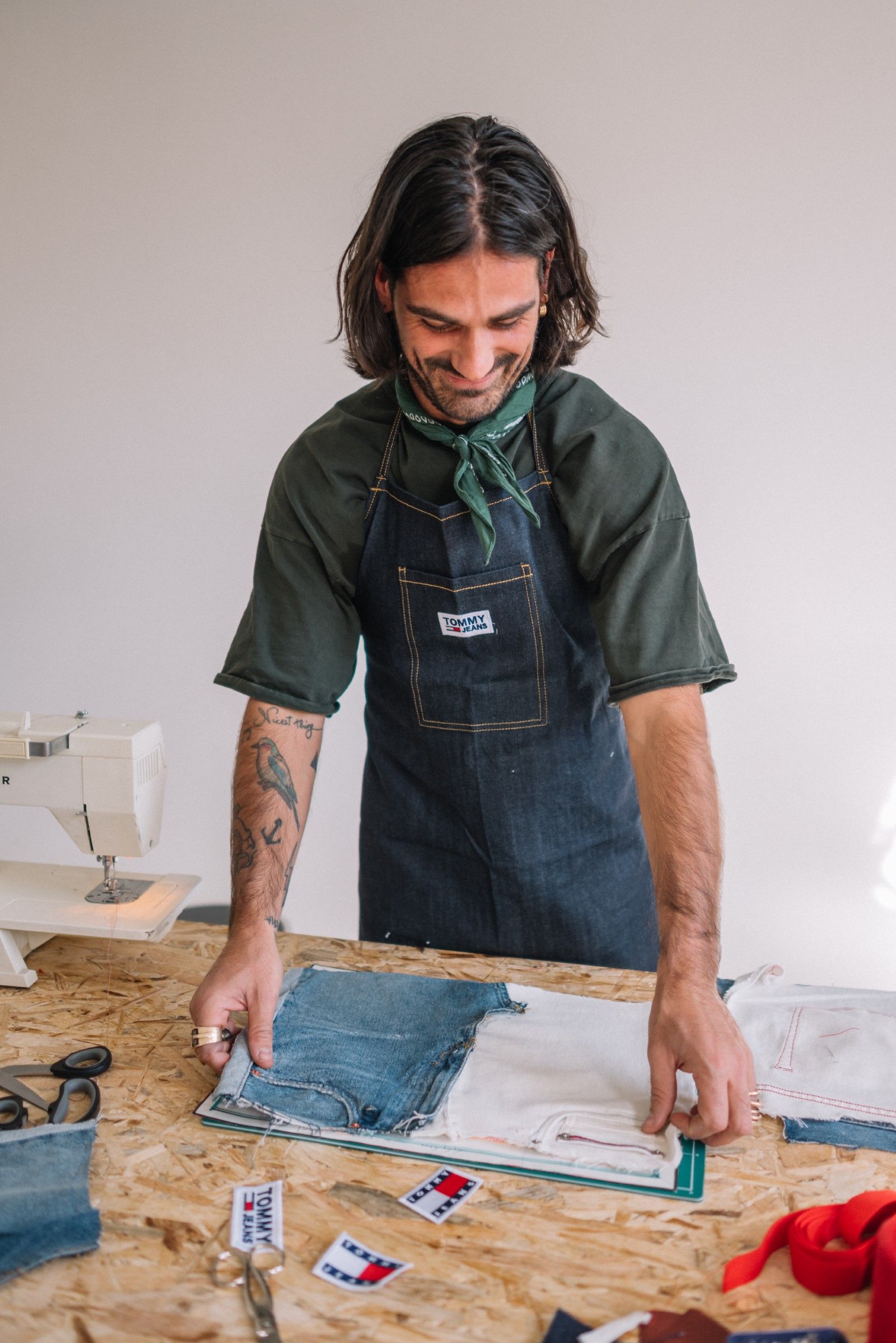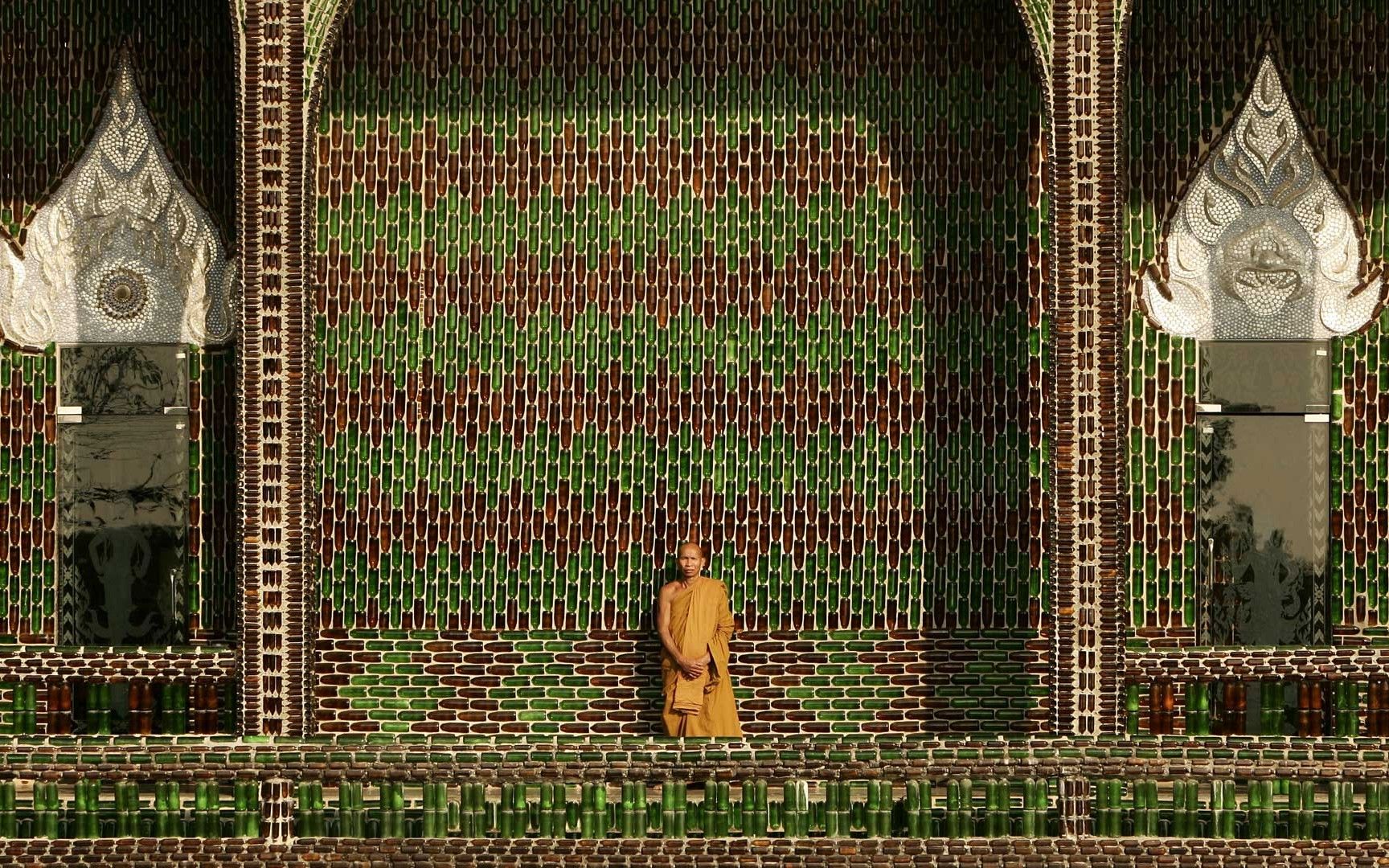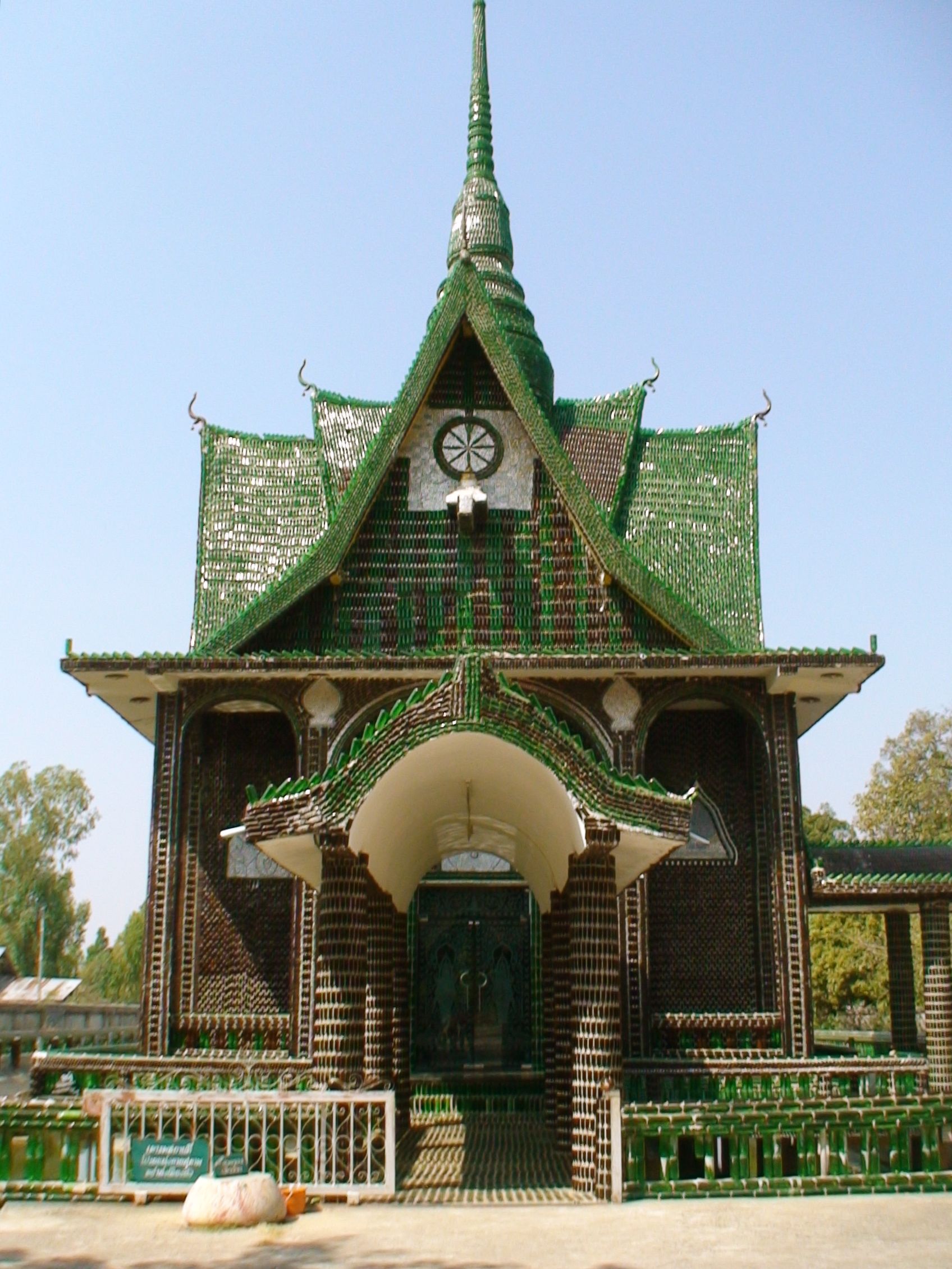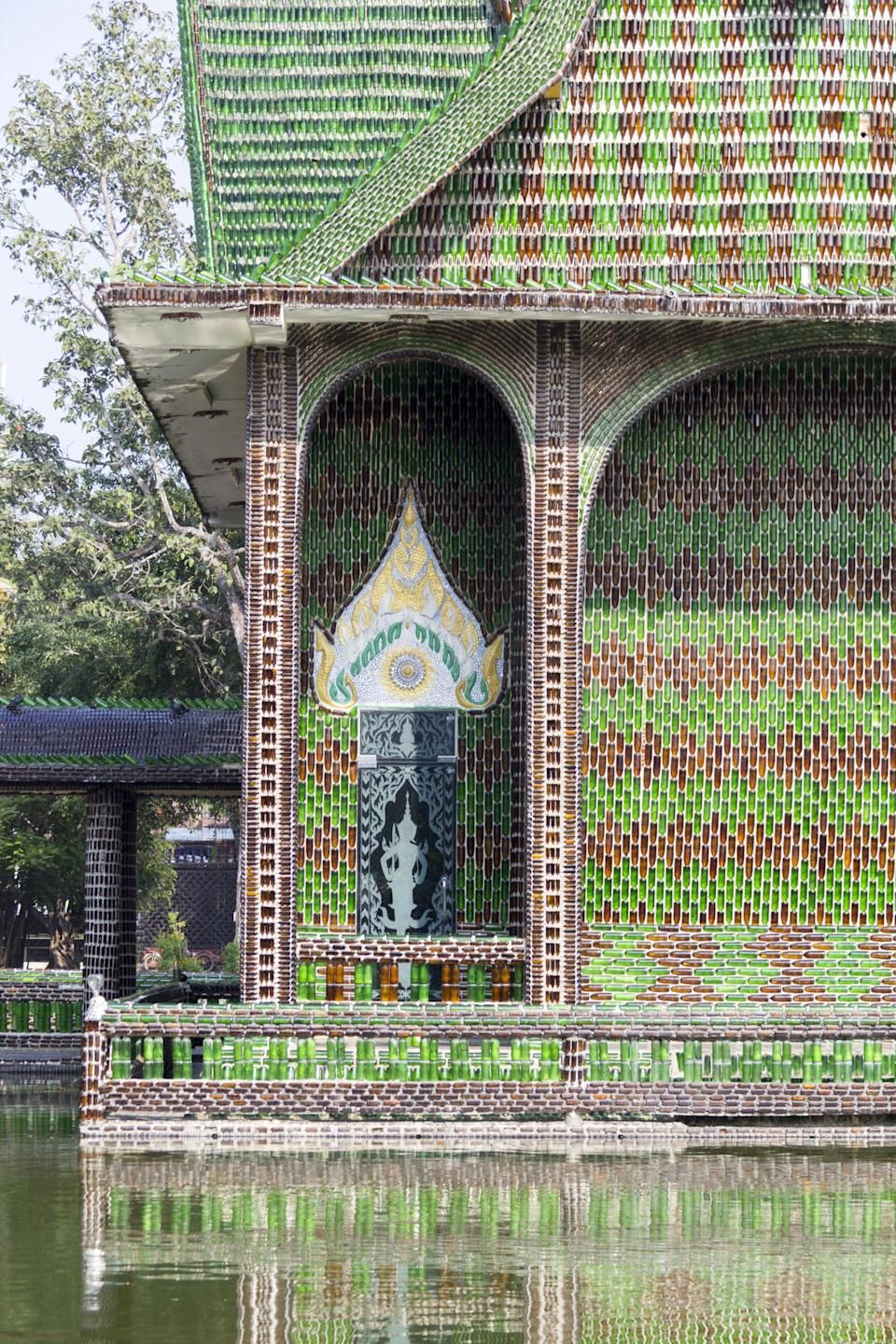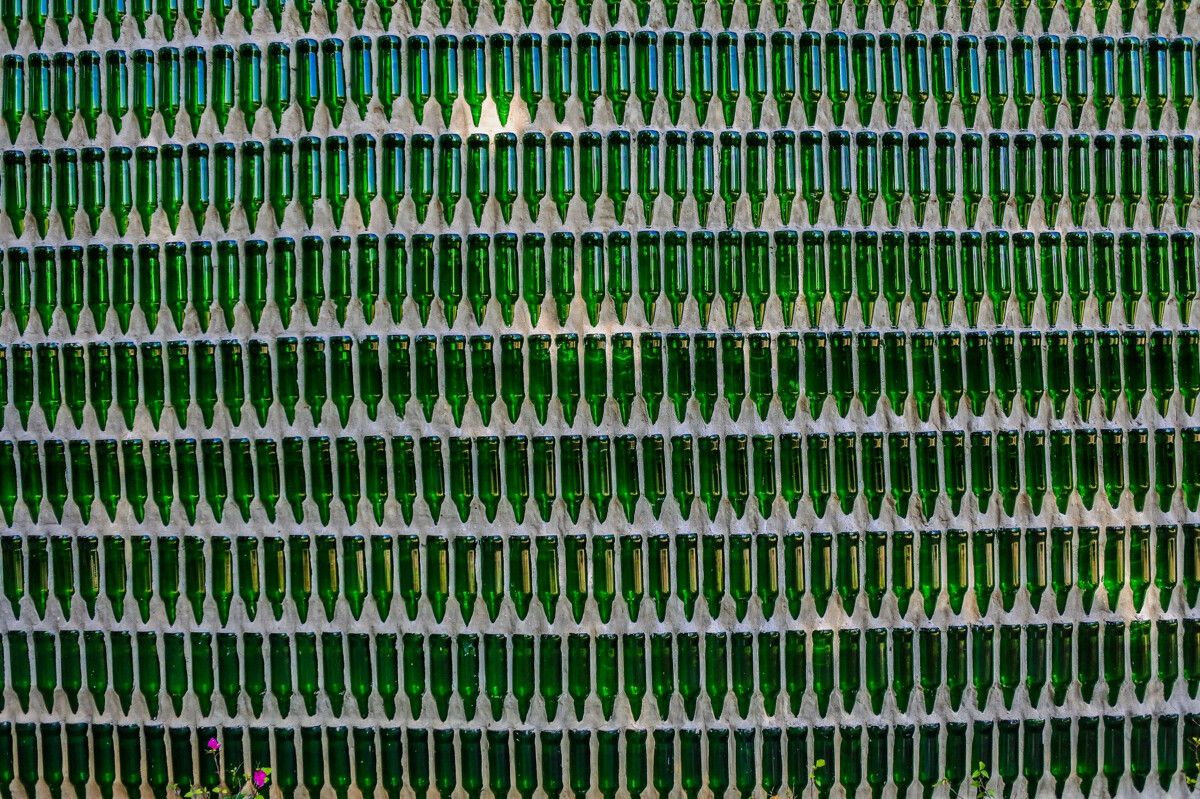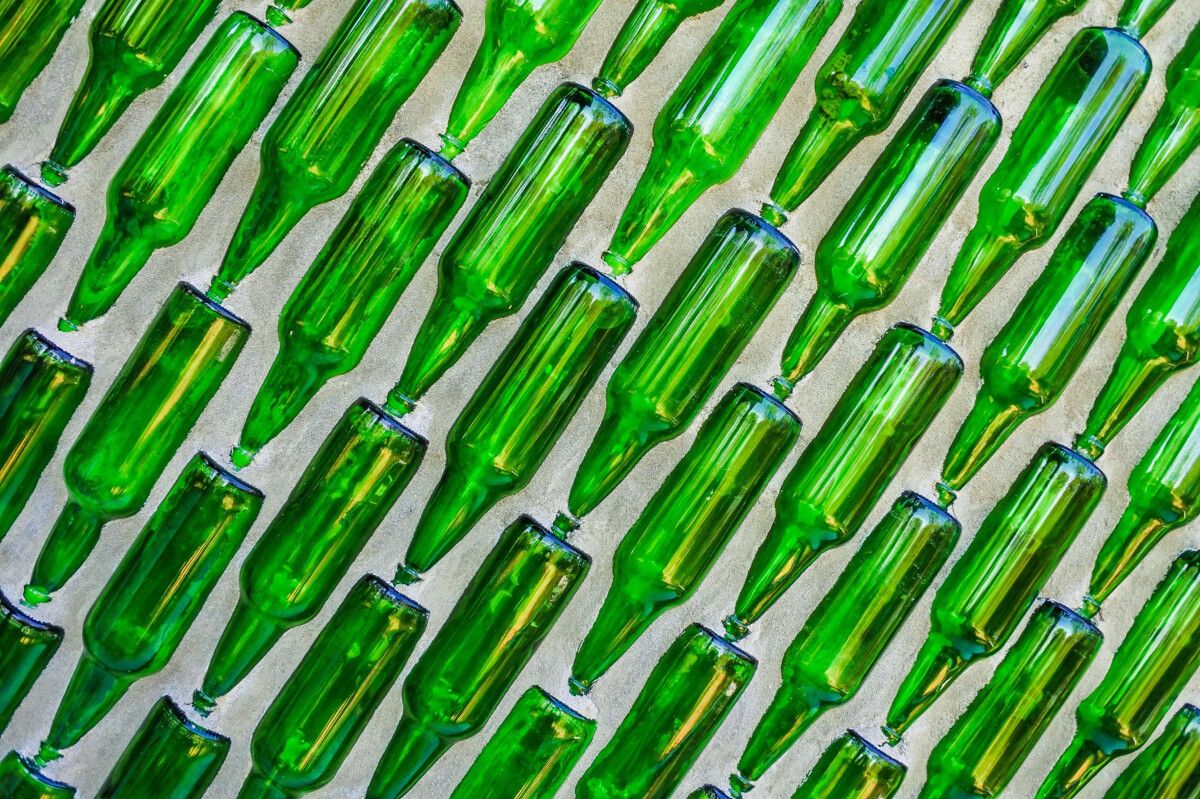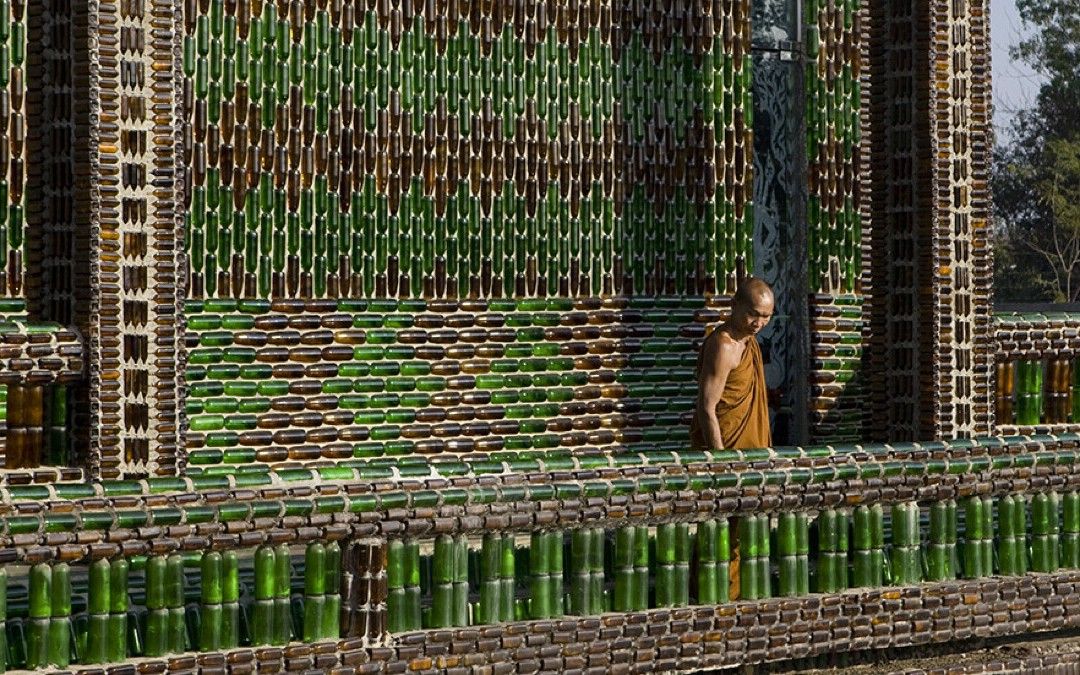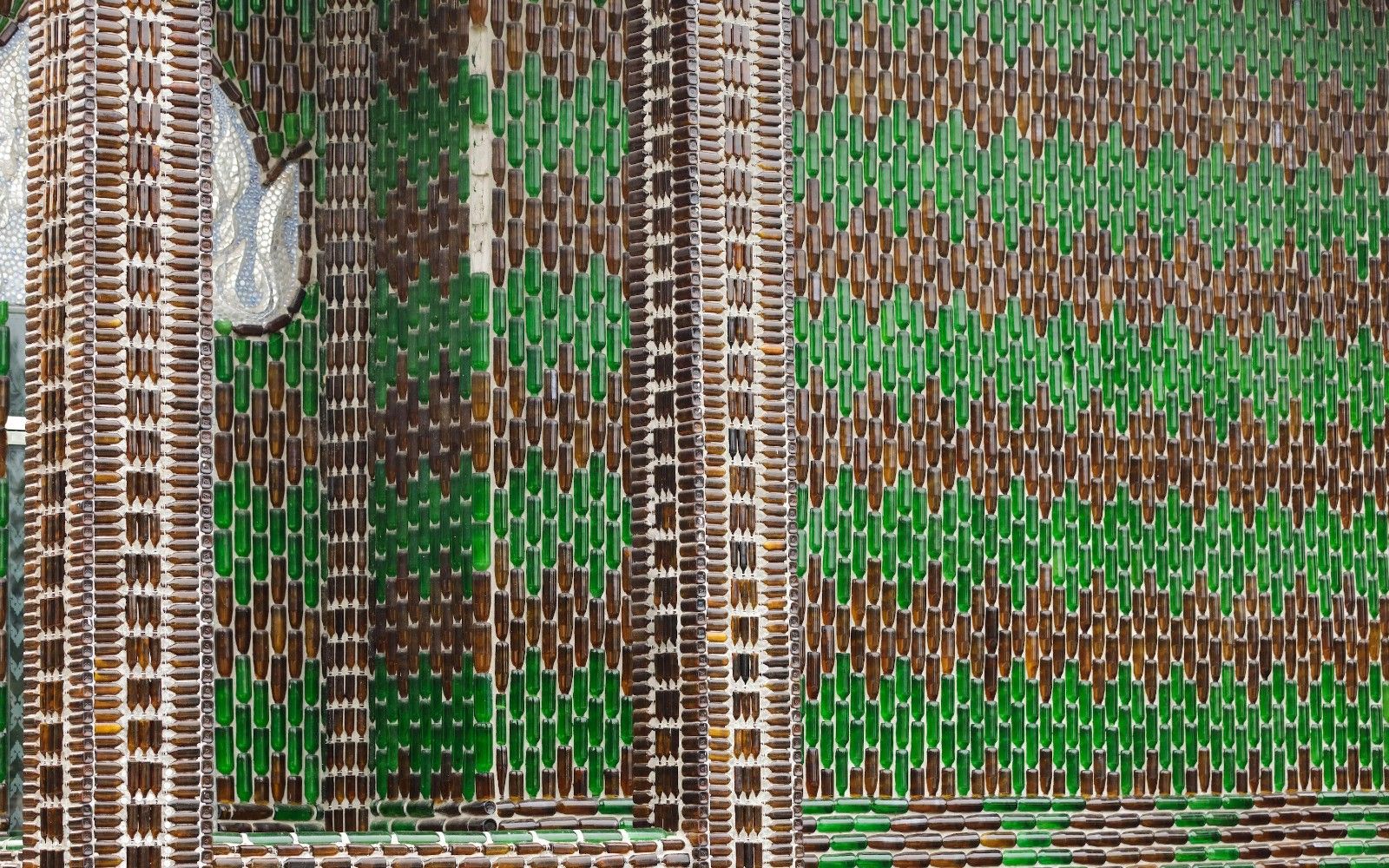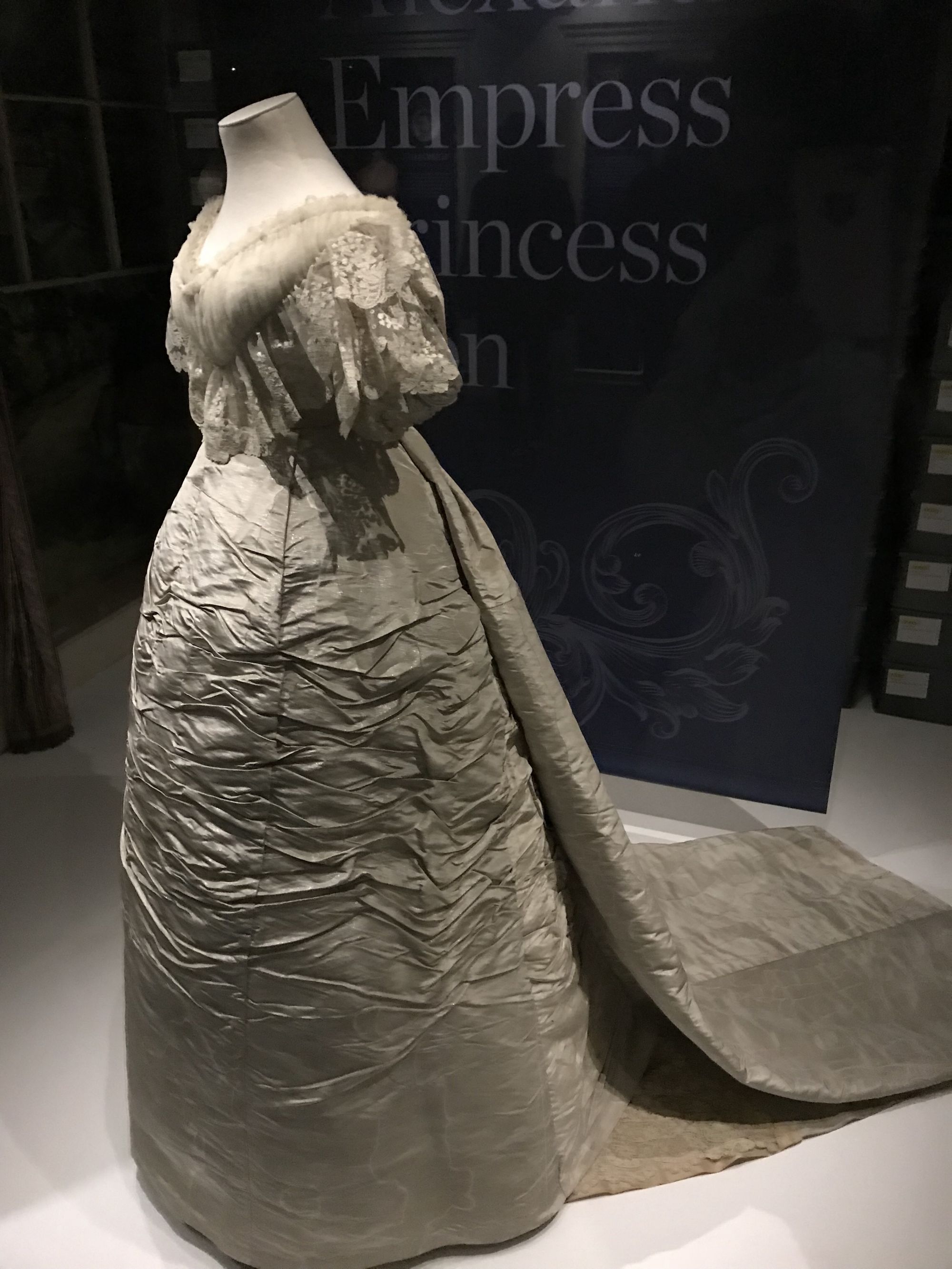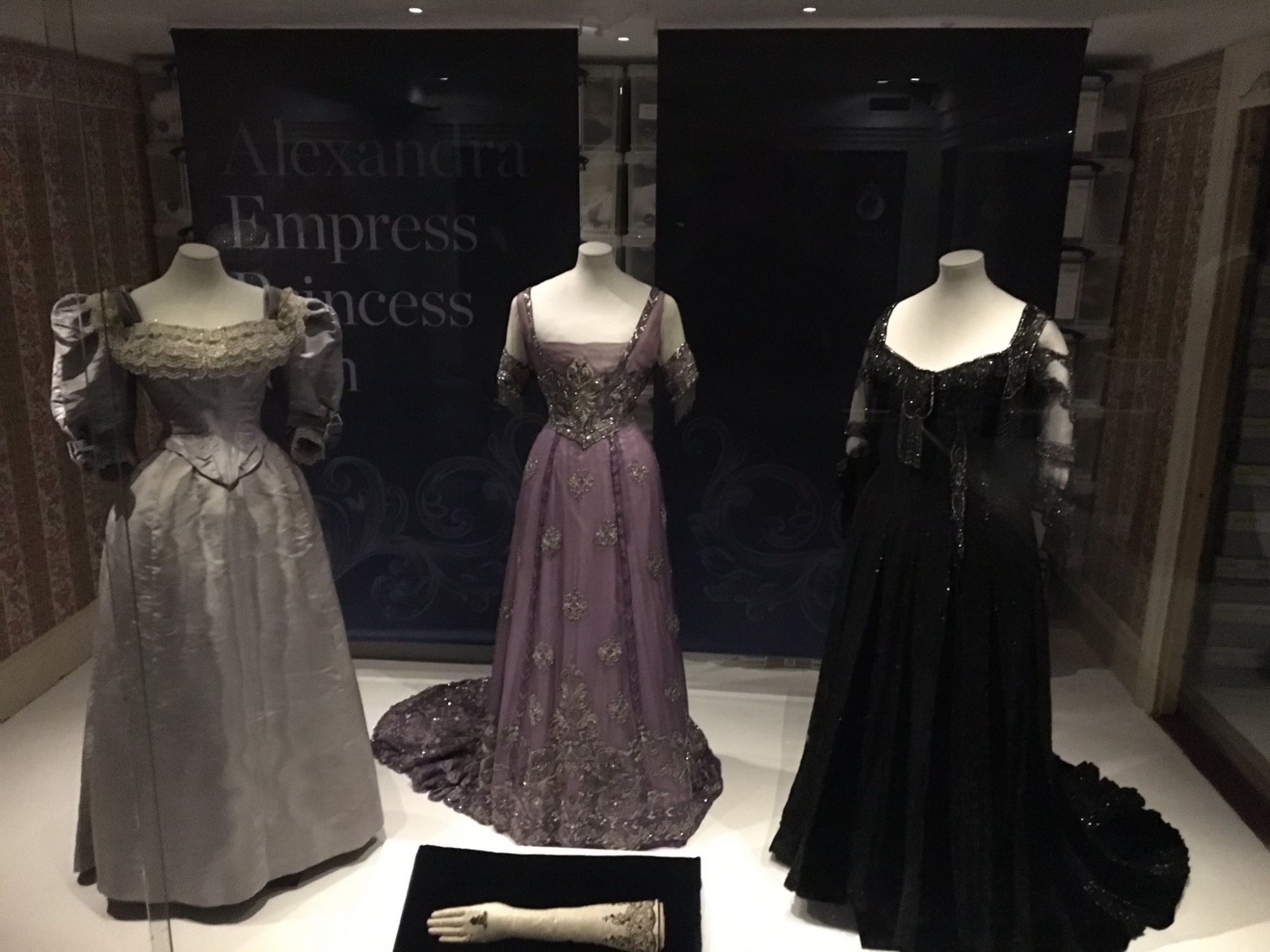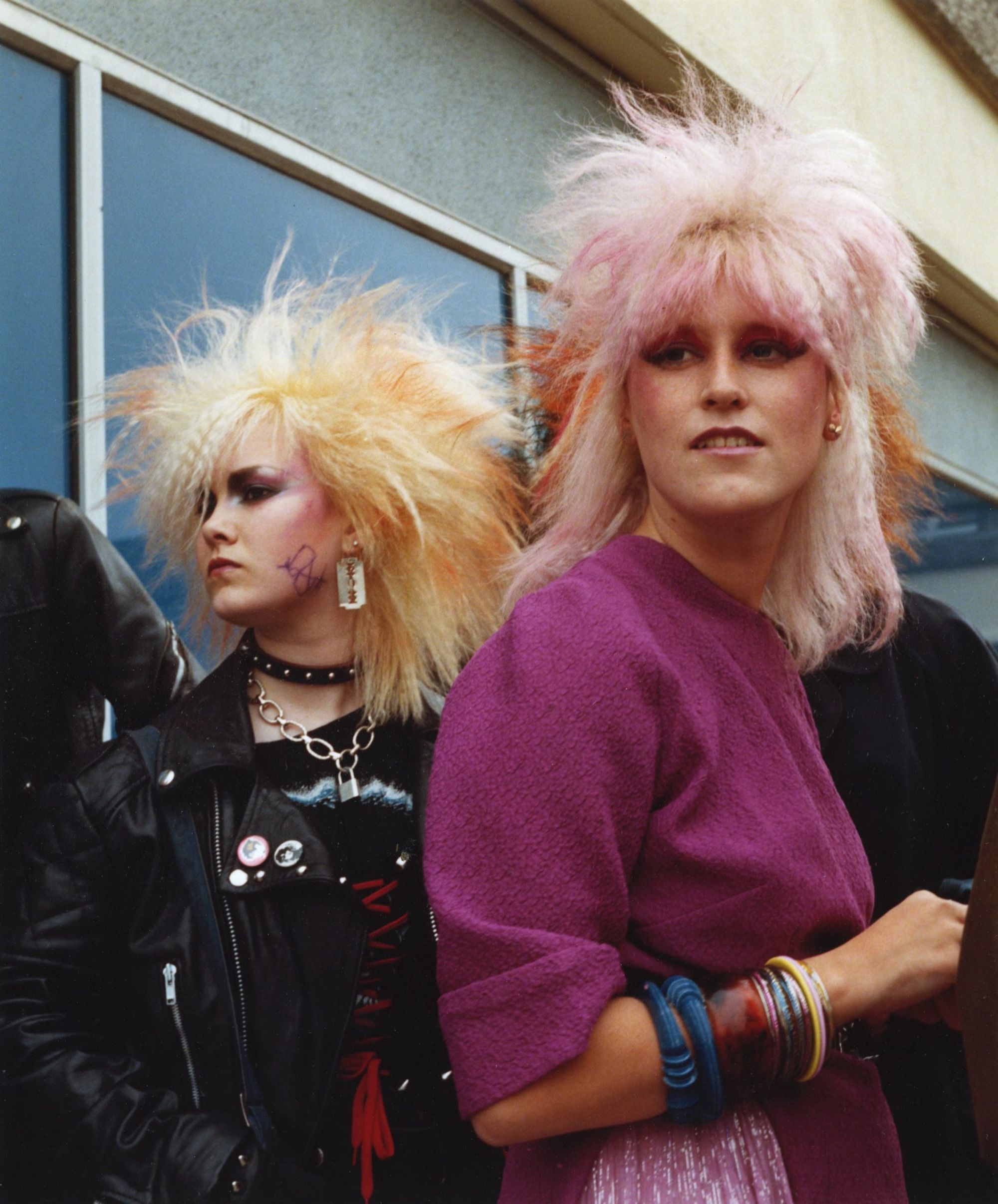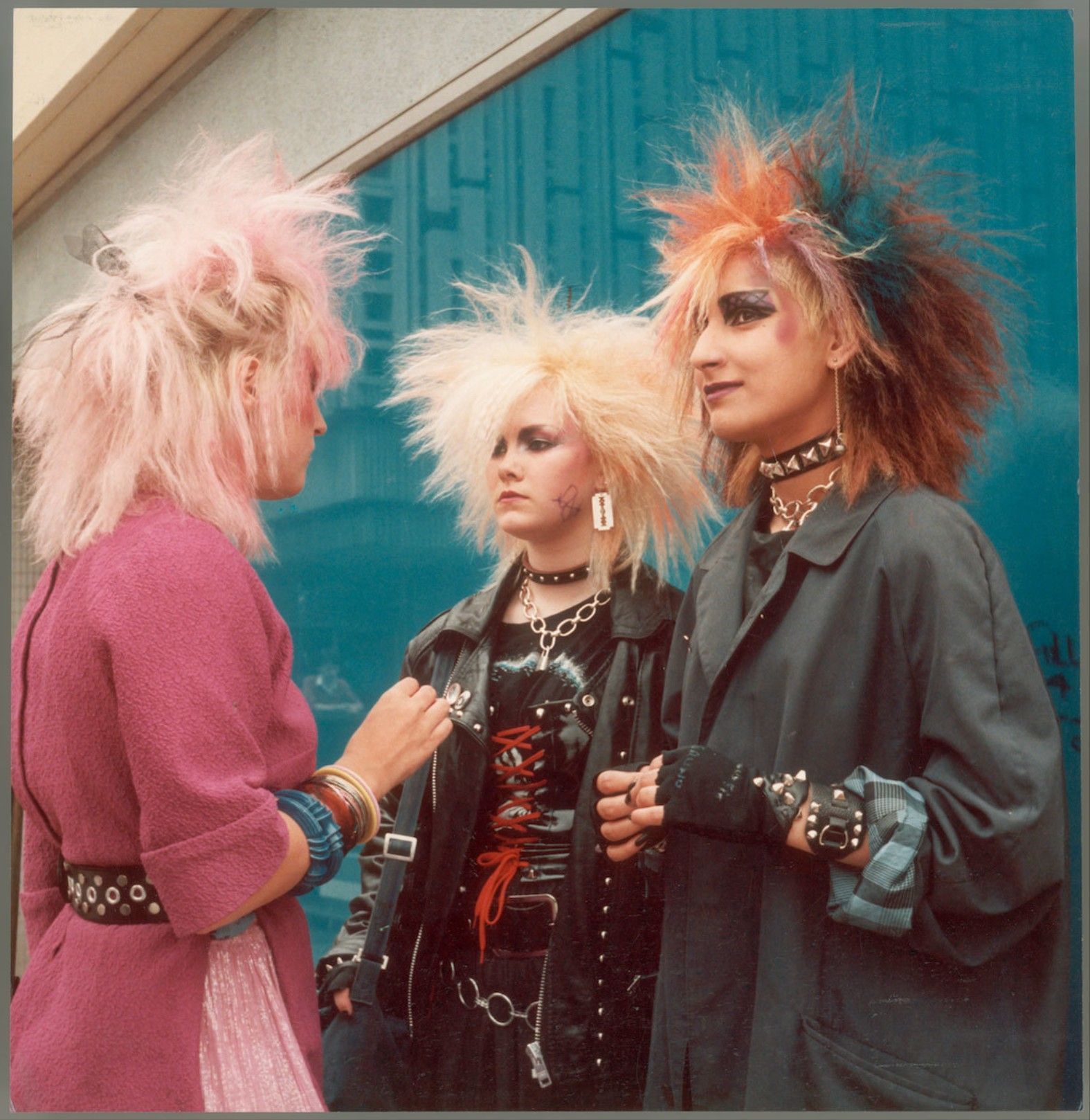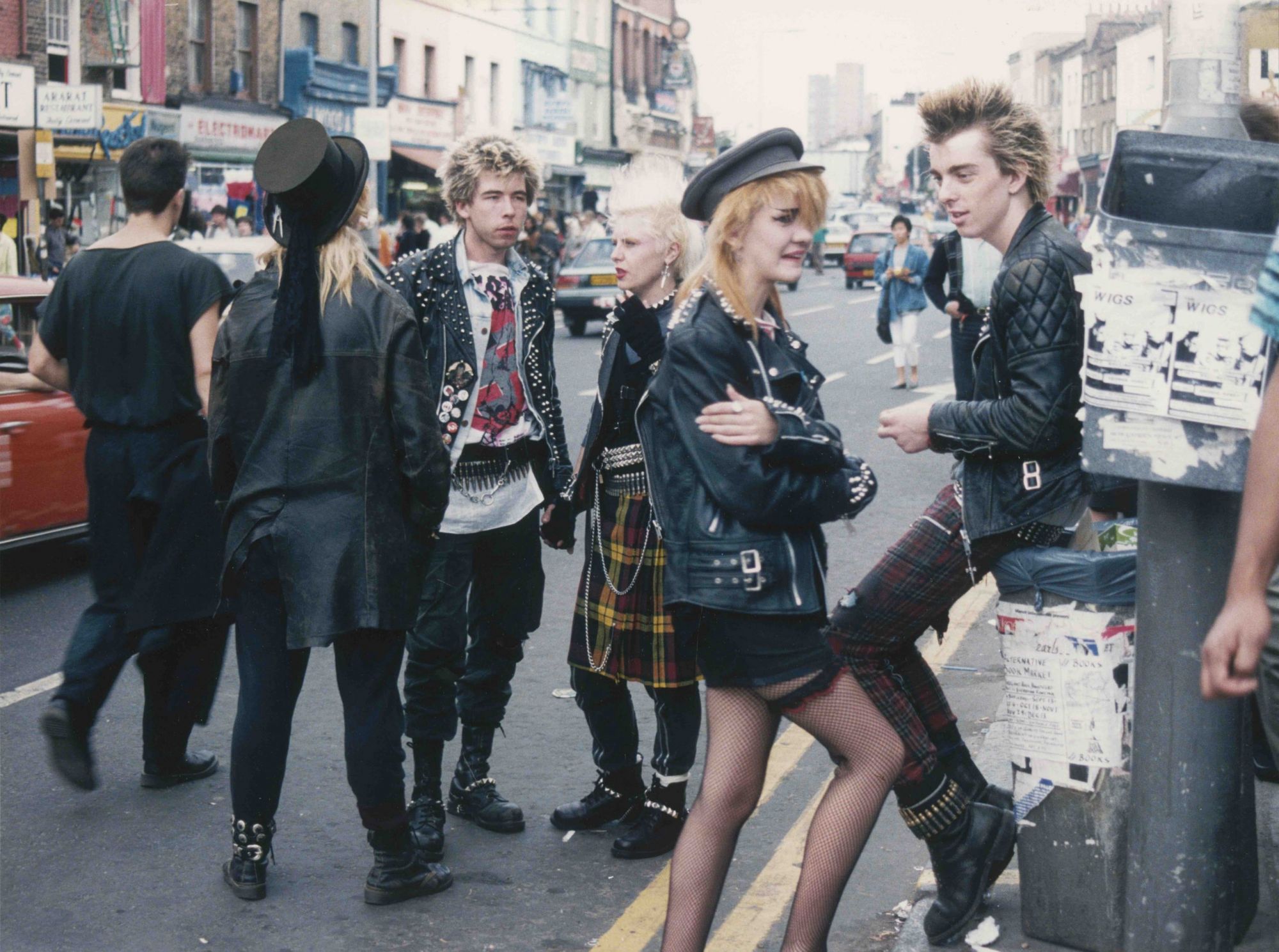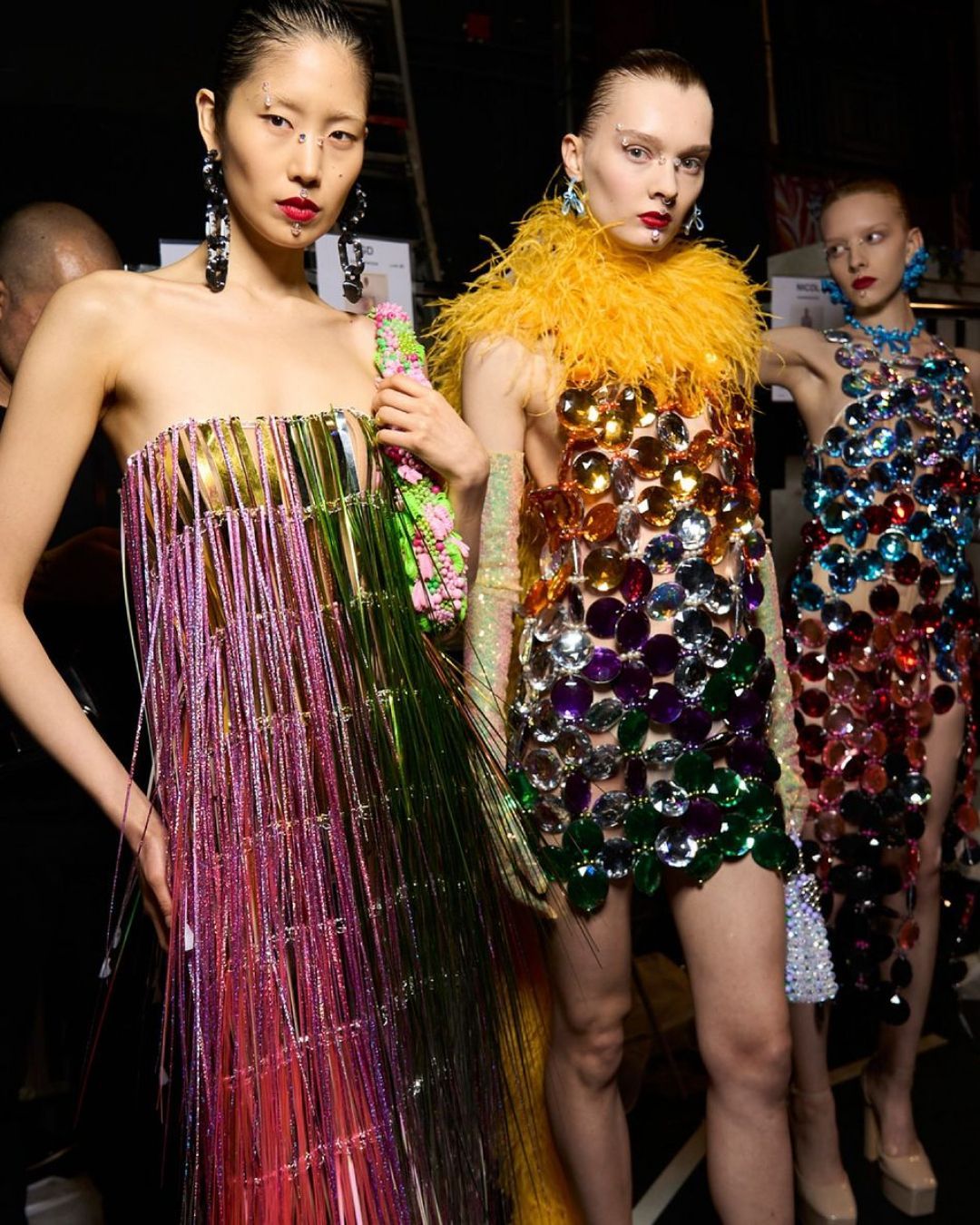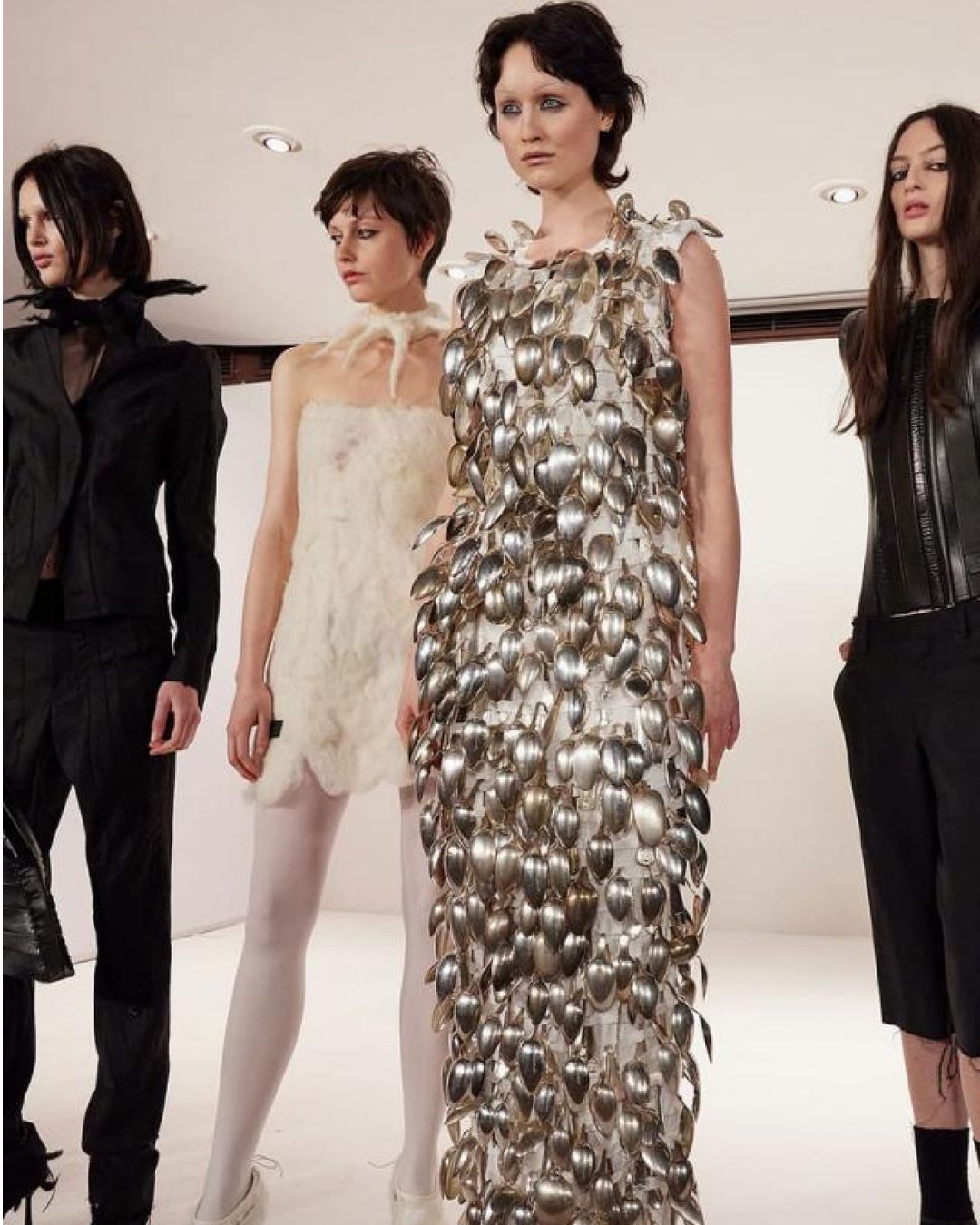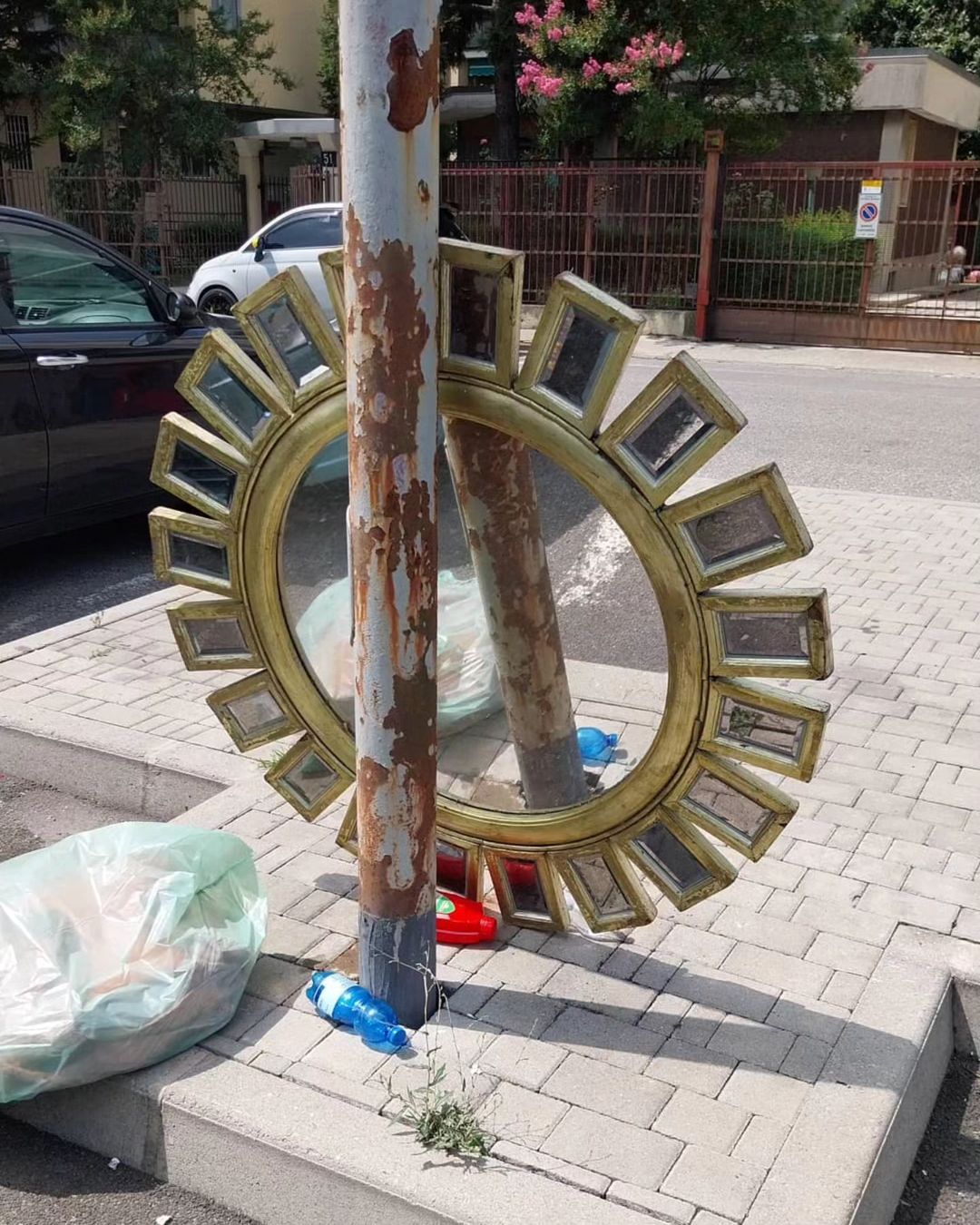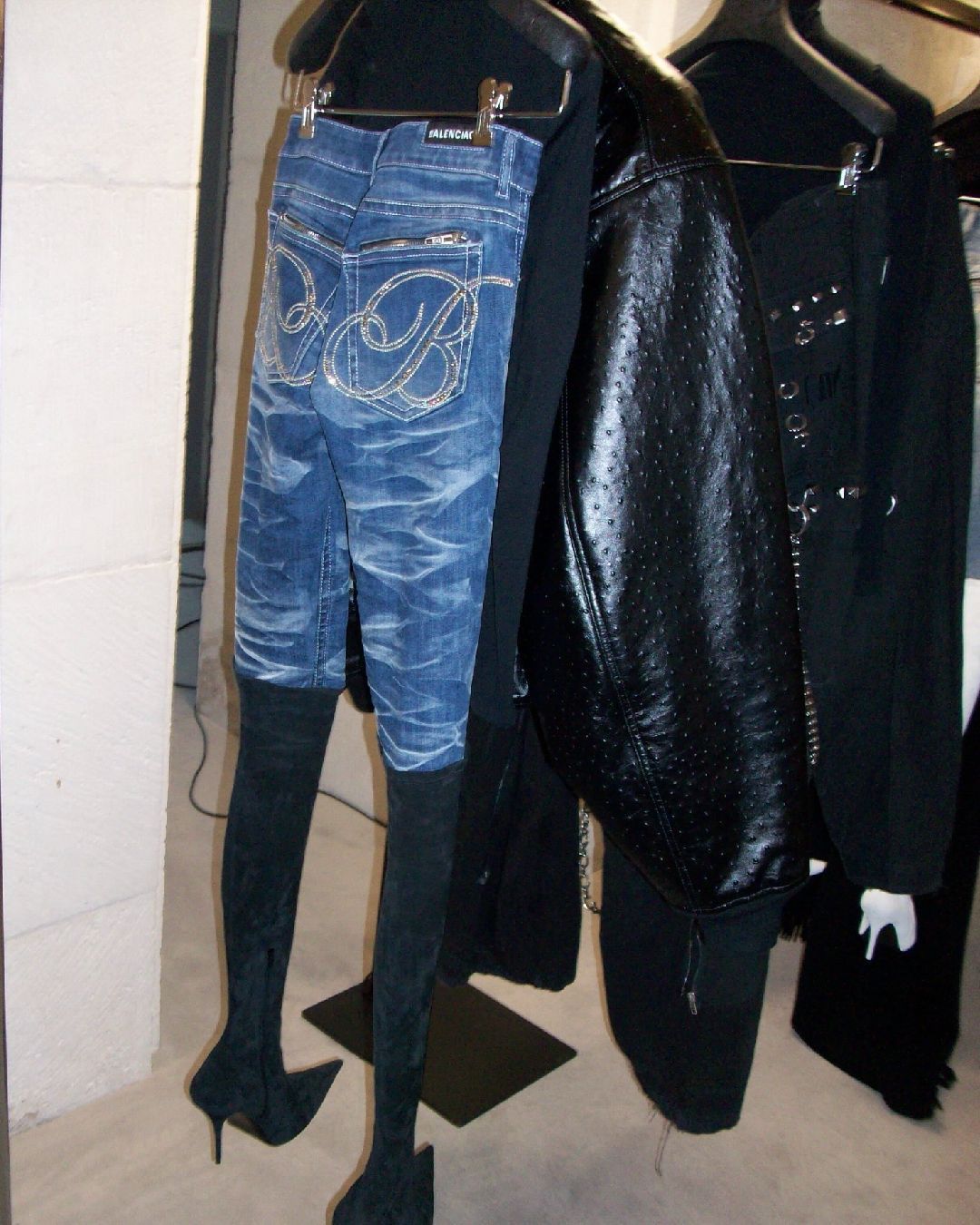
How does upcycling originate in fashion history? From Queen Victoria's Court to Tommy Jeans' The Refresh Sessions
On April 3rd, the project The Refresh Sessions by Tommy Jeans will start again with a new edition that will see the creative workshops of the brand engaged in a tour in three stops in Rome, Naples and Bari. The Sessions' theme is upcycling, which will be represented by the co-host of the three appointments, the stylist and consultant Silvia di Grazia, who will transform the items brought by the participants into objects for the home or hats. And on the occasion of the launch of this third edition of The Refresh Sessions it will be good to clearly distinguish between two terms that the public has heard and felt hundreds of times in recent years: recycling and upcycling.
The distinction is not only semantic but concerns two very different types of practices: recycling, in fact, takes a waste material and brings it back to its original condition; while upcycling transforms the waste material into a new product, enhancing it economically or aesthetically. The idea of upcycling is as old as mankind - yet the concept has an interesting history throughout the 20th century, made up of different contributions that all converge in the same philosophy.
Upcycling in fashion doesn't just stem from the needs of the lower classes - it has always existed in luxury as well. Scholars have extensively documented the habit of nineteenth-century haute couture clients to transform and reuse the materials of their expensive gowns to make them last for decades: at the court of Queen Victoria, transforming and re-transforming gowns was a matter of habit even for a woman like Princess Alexandra of Denmark, the queen's daughter-in-law, who asked English couturier Elise Kreutzer to continuously metamorphose her own gowns - including her wedding dress: historian Kate Stradstin recounts that in 1863, just days before the royal wedding to Edward VII, Alexandra had Elise Kreutzer transform her wedding dress into an evening gown; while in 1874 it was a dress used three years earlier that was remodeled by the couturier for a new ball. The father of modern couture, Frederick Worth, was also responsible for remodeling his old creations into new garments in the same era. Such a habit also appeared, interestingly, in Gone with the Wind, a 1939 film set in the 1800s, in which Vivien Leigh's character uses a tent to make a green dress. Outside the royal courts, however, the technique of reusing garments had remained widespread among the lower classes - even being encouraged by the British government during the Second World War with the Make Do and Mend campaign.
Things started to get more interesting in the following decades: in 1964, Alfred Heineken, founder of the homonymous brewery, was in the Dutch Antilles and observed on one hand the increasing problem of pollution caused by old used bottles thrown back from the sea on the beaches and, on the other hand, the difficulty the inhabitants of the island had in finding building materials. He came up with the idea of producing glass bottles that, once emptied, could be reused as building materials. Heineken consulted architect John Habraken who, after a few attempts, created the WOBO - the first reusable packaging in industrial history. Heineken himself had a small house built in his garden using the new bottles but the project did not take off due to internal resistance within the company. Ten years later an English critic, who heard about the project, wrote enthusiastically about it and included the bottles on the cover of a book. It was at that point that Habraken returned to discussions with the Dutch company, which supported the idea of reopening the project of an upcycling building designed by Rinus van den Berg and which would have had pillars made from oil barrels, ceilings made from the roofs of Volkswagen buses and walls made from beer bottles. The project, however, never saw the light of day even though in 1984, in Thailand, the temple of Wat Pa Maha Chedi Kaew was rebuilt using 1.5 million beer bottles - not Heineken's though.
While in the world of academics and engineers the idea of upcycling (which still did not have this name) was forming in the world of fashion, the youth subcultures of the '80s began to experiment with the creative reuse of fabrics: the British punks were perhaps the first to readapt old clothes to modern tastes, especially jeans, transforming the humble safety pin, used to hold together the different pieces joined together, in a symbol of rebellion and anarchy. It was only in 1998, however, that the term upcycling was coined by the entrepreneur and economist Gunter Pauli, inventor of the concept of "blue economy", who used it for the first time in his book Upsizing: The Road to Zero Emissions. The term was revived in 2002 by William McDonough and Michael Braungart in the book Cradle to Cradle: Remaking the Way We Make Things, which was written with soy ink on plastic pages that allowed the writing to be erased and the book to be reused for a new text. In those very years, in fashion, Martin Margiela revolutionized the very idea of couture with his brand's Artisanal collections, whose clothes were reassembled from down jackets, baseball gloves and even pieces of ceramic.
In recent years, with growing concerns stemming from advancing climate change, the fashion industry has begun to implement increasingly comprehensive measures to reduce its footprint on the planet and implement new, more sustainable production models. The push started not only from the top of the corporations but also from the public who, during the DIY boom that occurred during the lockdown, popularized creative reuse and upcycling techniques spread through socials like Instagram and TikTok.
It is precisely in response to this need that Tommy Jeans, as part of its more general sustainable initiatives, has not only begun to implement a circular model for the production of its 15 million pairs of jeans per year, but has also brought together local independent designers and the public with initiatives like The Refresh Sessions that erase the gap between those with the technical know-how and those with the desire to learn in order to promote positive attitudes toward sustainability. A first result of the new approach was the brand's FW20 collection, the first of its kind to be produced from completely recycled materials, but the most enduring one is The Refresh Sessions, now in its third year, with an ever-growing community.










































